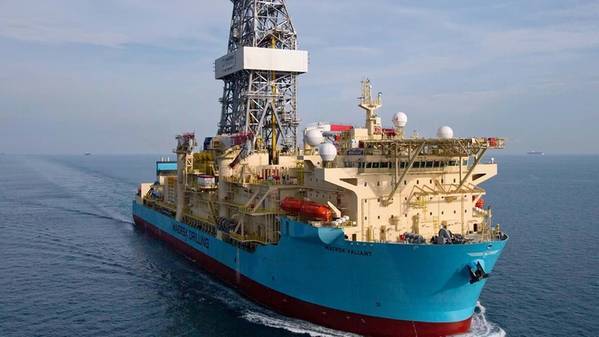
Offshore drilling rig contractor Maersk Drilling said on Thursday it saw some signs of market recovery as it reported that orders in the first quarter were at the highest level in more than three years.
The company, which had already on Wednesday lifted its 2021 earnings guidance, said it added $730 million in new contracts in the first quarter, including a $370 million contract awarded by Tullow off Ghana. That was the highest level of new contracts since the fourth quarter of 2017.
Maersk Drilling’s shares, which have risen 40% this year, rose 2% on Thursday.
“The market is still recovering from the 2020 downturn but we are seeing signs of improvement, particularly in the floater segment,” Maersk Drilling Chief Executive Jorn Madsen said in a statement.
Many oil companies canceled or postponed new projects after demand dropped amid the COVID-19 pandemic last year, but investments are expected to increase as oil prices have rebounded back to pre-pandemic levels.
Speaking with Reuters, Madsen said he expected to see more consolidation in the sector as a number of peers - Valaris, Diamond Offshore, Noble, and Pacific Drilling - have emerged from U.S. Chapter 11 debt restructurings, and the latter two agreed to merge in March.
“I think over the next 12-18 months we will see a number of deals... We are ready to take part in such consolidation,” he said.
Norway’s Seadrill, controlled by Norwegian-born billionaire John Fredriksen, is still going through a Chapter 11 process, with some creditors having proposed to sell part of its rigs.
Separately, Seadrill said on Thursday that it expected shareholders will face significant losses as a result of the restructuring.
“It is likely that the comprehensive restructuring plan will require a substantial impairment and losses for current shareholders,” Seadrill said in a statement. “As a result, the company currently expects that shareholders are likely to receive minimal recovery for their existing shares.”
Before the oil market downturn in 2014, offshore drillers had amassed huge debts by ordering new rigs in anticipation of continuing demand, but now need to scrap idle rigs to reduce oversupply.
“We’ve seen over the last year about 35-40 rigs being retired, mainly on the floaters side, but we probably need about 100 more,” Madsen said. (Reporting by Nerijus Adomaitis; Editing by Susan Fenton)



